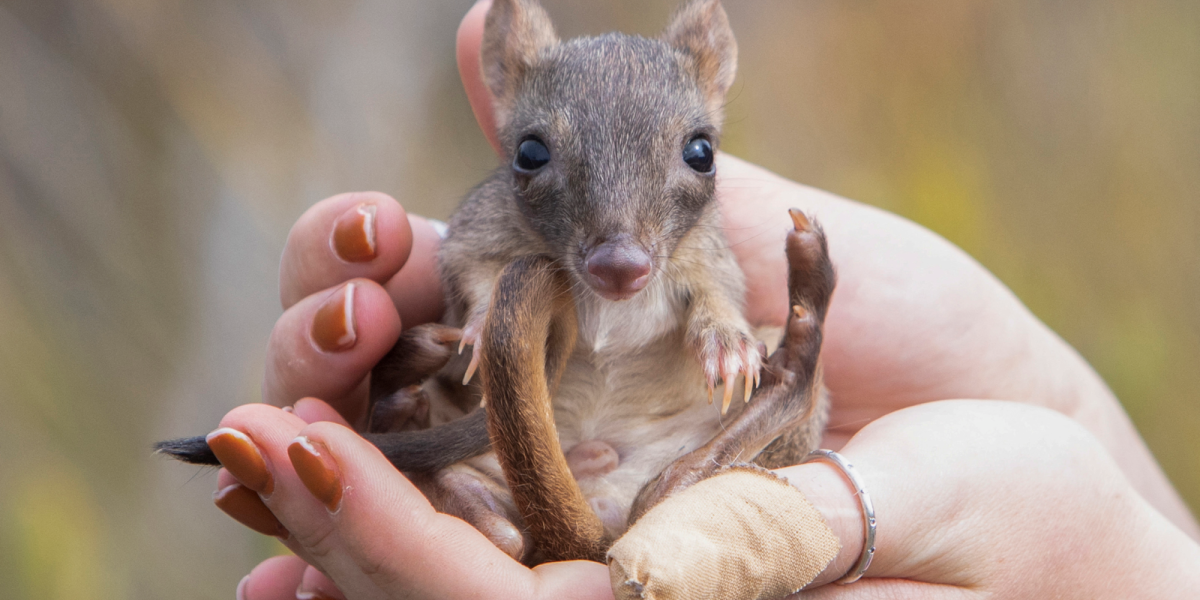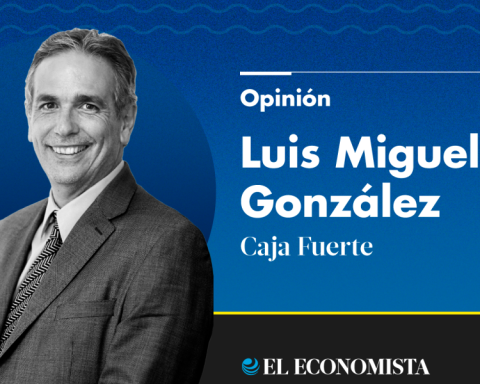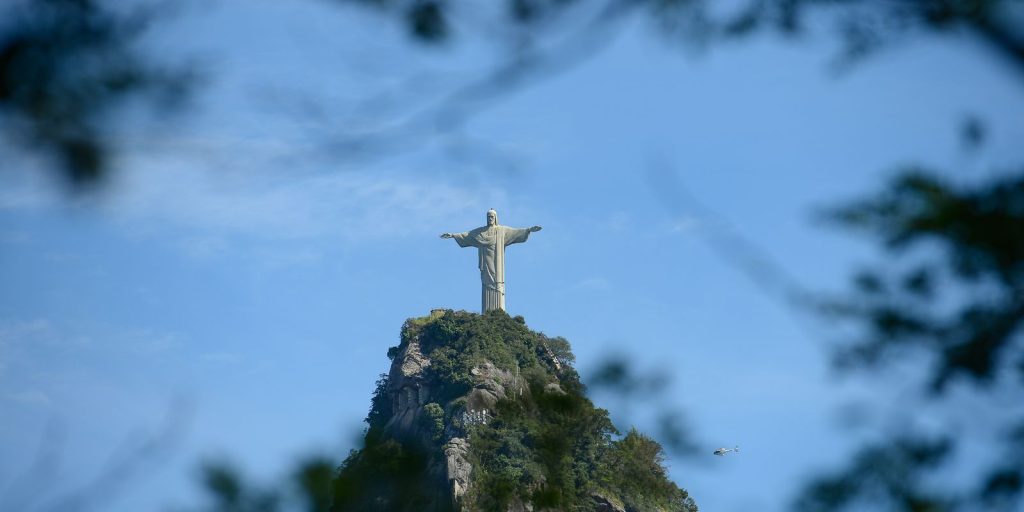The different wild animal populations have lost on average 73% of their individuals in 50 years, and in Latin America and the Caribbean that figure is up to 95%, according to the reference report of the World Wide Fund for Nature (WWF).
A few days before the start of the COP16 on Biodiversity in Colombia, the report “Living Planet” specifies that this percentage does not mean that almost three quarters of the planet’s wild animals have disappeared, but rather that the size of various populations has decreased by 73% on average over the last fifty years (1970-2020).
“A population is a group of animals observed at a given time in a given place,” Yann Laurans, director of WWF programs in France, explained at a press conference.
“We have verified real successes at local levelwith species that return, but those are like islands of preservation within a complex that is degrading,” he explained.
The trend of that loss was 68% in the previous 2022 edition.
In total, about 5,500 vertebrates (mammals, birds, fish, reptiles and amphibians), distributed in about 35,000 populations around the world, are now registered in this “Living Planet Index”established and updated every two years by the Zoological Society of London (ZSL) since 1998.
The index has become an international reference to measure the state of natural ecosystems and analyze the consequences on human health, food or climate change, despite repeated criticism by scientists of the calculation methodology, accused of greatly exaggerate the magnitude of the decline.
“We remain confident in the strength” of the index, said Andrew Terry of the ZSL during a press conference.
turning points
Estimates of different populations vary by continent: for example, the population of the Amazon pink dolphin (known as boto) has decreased by 65% between 1994 and 2016.
On the other hand, the European bison, which completely disappeared in the wild on that continent in 1927, now has a population of 6,800 individuals.
“It’s not just about wildlife, it’s about the essential ecosystems that support human life,” warned Daudi Sumba, WWF chief curator.
The new edition of the report insists on the need to jointly address the “interconnected” crises of climate and destruction of nature. He also insists on the growing threat of “tipping points” in some ecosystems.
“The changes could be irreversible, with devastating consequences for humanity,” Sumba warned, citing the example of the Amazon, at risk of going from being a “carbon sink to a carbon emitter, thus accelerating global warming.”
The greatest decline is observed in populations of freshwater species (-85%), followed by terrestrial (-69%) and marine vertebrates (-56%).
COP16
The most affected are Latin America and the Caribbean, followed by Africa (-76%), Asia and the Pacific (-60%).
Latin America came out “obviously as the region that has the greatest loss of biodiversity because it is the most diverse. However, it is also an important sign that the policies and plans that we have designed are not being fully implemented (…) in our region,” he told AFP Carlos HerreraDirector of Conservation and Governance of WWF Colombia.
The organization was concerned about the situation in the Amazon where there are “high rates of deforestation, loss of species, illegal mining and (…) the loss of that relationship between indigenous communities and local communities with their environment,” it warned. the spokesperson in Bogotá.
From October 21 to November 1, Colombia COP16 will receive in Cali (southwest) “a scenario to position this data” and make “an urgent call to action,” Herrera added.
Biodiversity loss is “less spectacular in Europe and Central Asia (-35%) and in North America (-39%), but only because large-scale impacts on nature were already visible before 1970 in these regions: some populations have stabilized, and even grown thanks to the efforts of conservation and reintroduction of species,” the report explains.
“The good news is that we have not yet reached the point of no return,” he added, citing ongoing efforts following the Paris climate agreement or the Kunming-Montreal. The latter set for States around the world twenty objectives for the protection of nature to be achieved by 2030.
Promoting the so far timid implementation of this program will be the main task of the 16th conference of the United Nations Convention on Biological Diversity (CBD).















